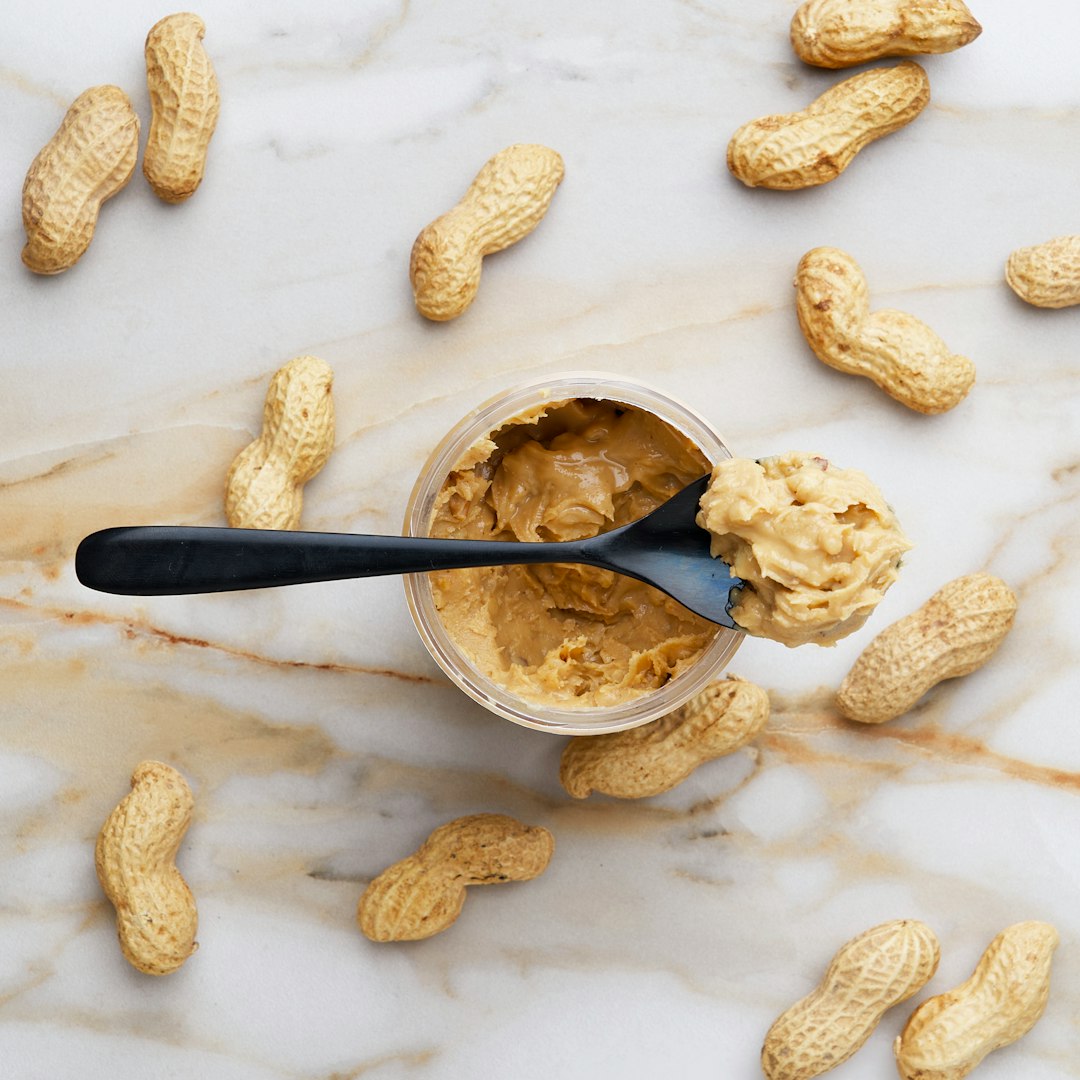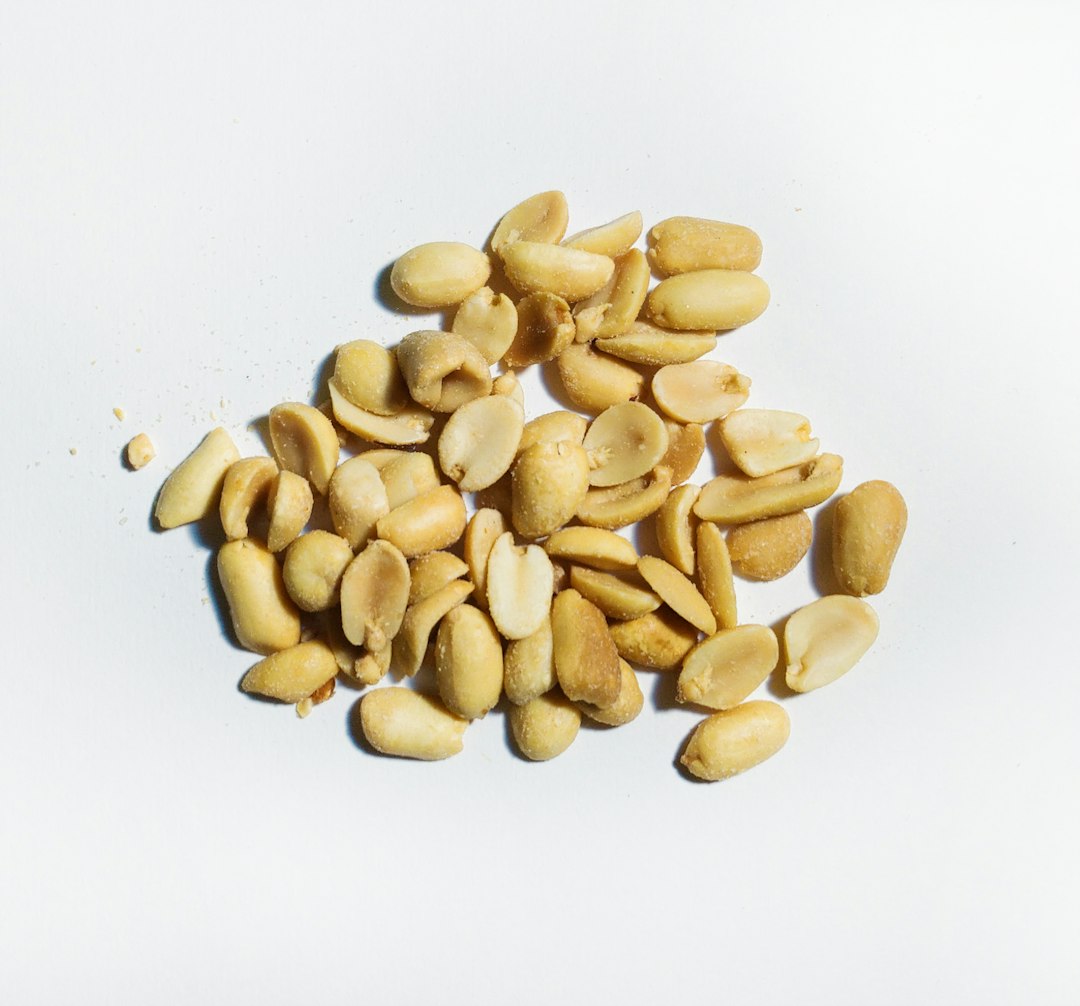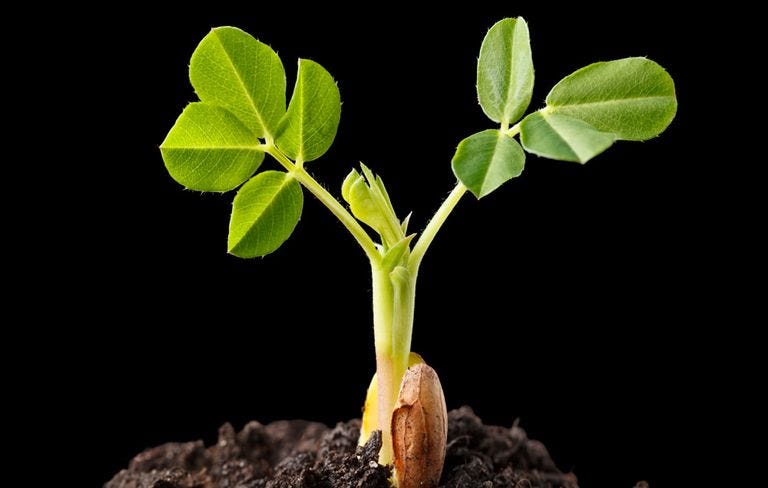Peanuts
National Peanut Month
Yes, it is also National Peanut Month. What celebration of food March has turned out to be. I can’t find a sponsor of National Peanut Month, suggesting National Frozen Food Month is unusual.
When I think of peanuts, I think of:
Peanut butter
Peanuts are not nuts
Peanut protein allergens
Peanut butter safety
Aflatoxins
Salmonella
Peanut are nutritious
My assumption of course is that you like peanuts. I do. I eat peanuts every morning with fruit for breakfast. Blueberries provide a sudden tart juicy experience, chopped banana gives a sweet soft layer and peanuts add a salty, crunchy, slightly sweet finish.
Peanut butter, that creamy, crunch, cloyingly, delicious spread essential to many diets. It doesn’t look like much; brown, gloppy, sometimes oily. And yet it is packed for of taste and nutrition. While modern peanut butter processing was invented in the late 1800s, it is likely that Incas and Aztecs ate a peanut paste. For, like cacao/chocolate and potatoes, peanuts originate from Brazil, Peru, Ecuador, and Bolivia and taken by European colonizers to the rest of the world where they become staples for certain cuisines in Africa and Asia.

Since the presentation of peanut butter at the St Louis World Trade Fair in 1904, the consumption of peanut butter has expanded across the world, with the US being the leading exporter. In 2019, sales of peanut butter in the U.S. amounted to $2.3 billion. That’s over 614 million jars of peanut butter.
Growing peanuts (Arachis hypogea) is good for the soil because peanuts are not nuts, they are legumes and like soy, beans and peas, with the help of symbiotic bacteria in their root nodules, legumes fix nitrogen. This means they convert nitrogen in the air into nitrogen than can be used by plants as nutrition. Similar to other legumes, peanuts are an annual crop preferring warmer, dryer climates, and take 90- 150 days to reach harvest after planting. The time to harvest depends on the variety. In 2020, America grew 2.8 million tones in 2020, with 53% of peanuts grown in Georgia. The world production of peanuts in 2020 was 54 million tonnes.
Unfortunately 0.6% of Americans have a peanut allergy which has led to school districts and some work places banning peanuts. People with peanut allergy must avoid food that contains peanuts, peanut butter or even food that was manufactured in a facility that handles peanuts.
When peanuts are stored badly a mold, Aspergillus flavus, grows on them. This produces an aflatoxin which causes liver cancer. The American peanut industry strictly controls for aflatoxin, makes sure they store peanuts correctly and test for the aflatoxin, so this is not a risk here.
Over the past 10-15 years peanut butter has been implicated in a many foodborne illness outbreaks and recalls due to Salmonella. The biggest, and most scandalous, was the outbreak caused by the Peanut Corporation of America in 2008-9. The owners and one employee ended up in prison due to their deliberate negligence and lies. To prevent Salmonella, manufacturers roast peanuts before making butter and practice good sanitation after the roasting process. The high temperature of roasting kills bacteria.
Salmonella cannot grow in peanut butter, there isn’t enough water and the water activity is too low for bacterial growth. However, once the bacteria is present in peanut butter, the fat protects Salmonella from being destroyed by heat. If water is added, such as when making a peanut butter and jelly sandwich, Salmonella grows again.
Please don't let the safety risks of peanut allergy, Salmonella and aflatoxin put you off from eating peanuts. They are really nutritious. 100 g of shelled, dry-roasted and salted peanuts provide 588 Kcal, 21 g carbohydrates, 50 g fat and 24 g protein. Most of the fat is monounsaturated fatty acids.
Do you like peanuts? Let me know in the comments, your favorite nut dish.
Who Writes Food Crumbs?
Cathy Davies runs a food safety consultancy, Food Safety Mid Atlantic, supporting specialty food businesses with their food safety plans and programs. If you are interested in learning more about my consulting services, please schedule a free call.
Check out last month’s blog post on how to write Good Manufacturing Practices using FDA’s GMP regulations.
Please subscribe to Food Crumbs today, if you haven’t already.






Hazelnuts are great. I can't find them easily here.
I love eating peanut butter with apples and with celery. Or sometimes straight from a spoon. I'm partial to crunch PB. 😋